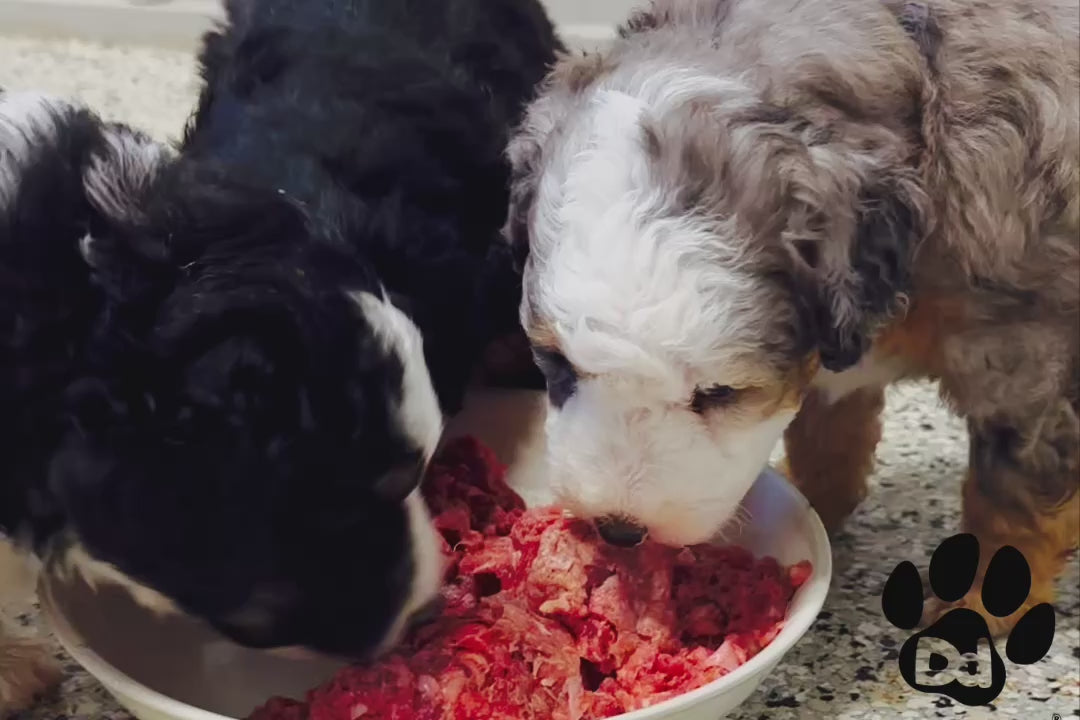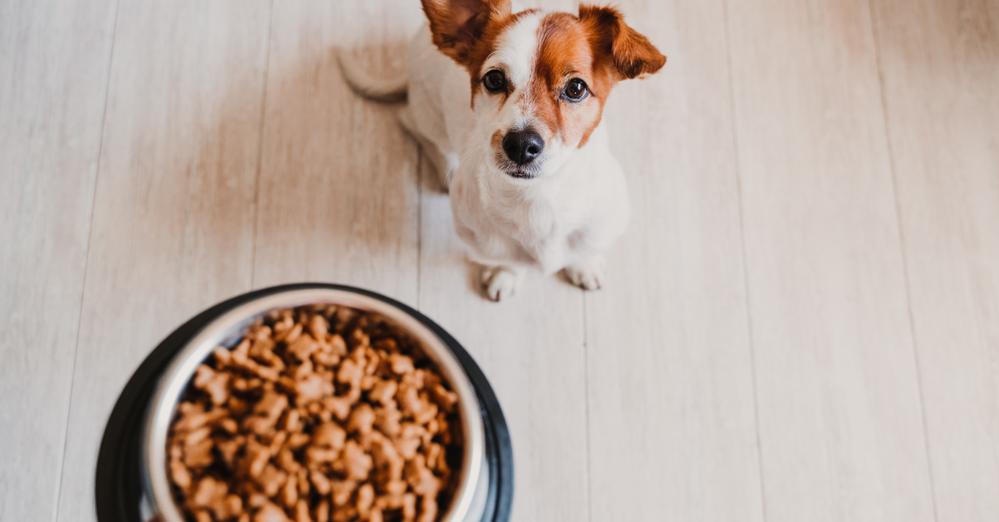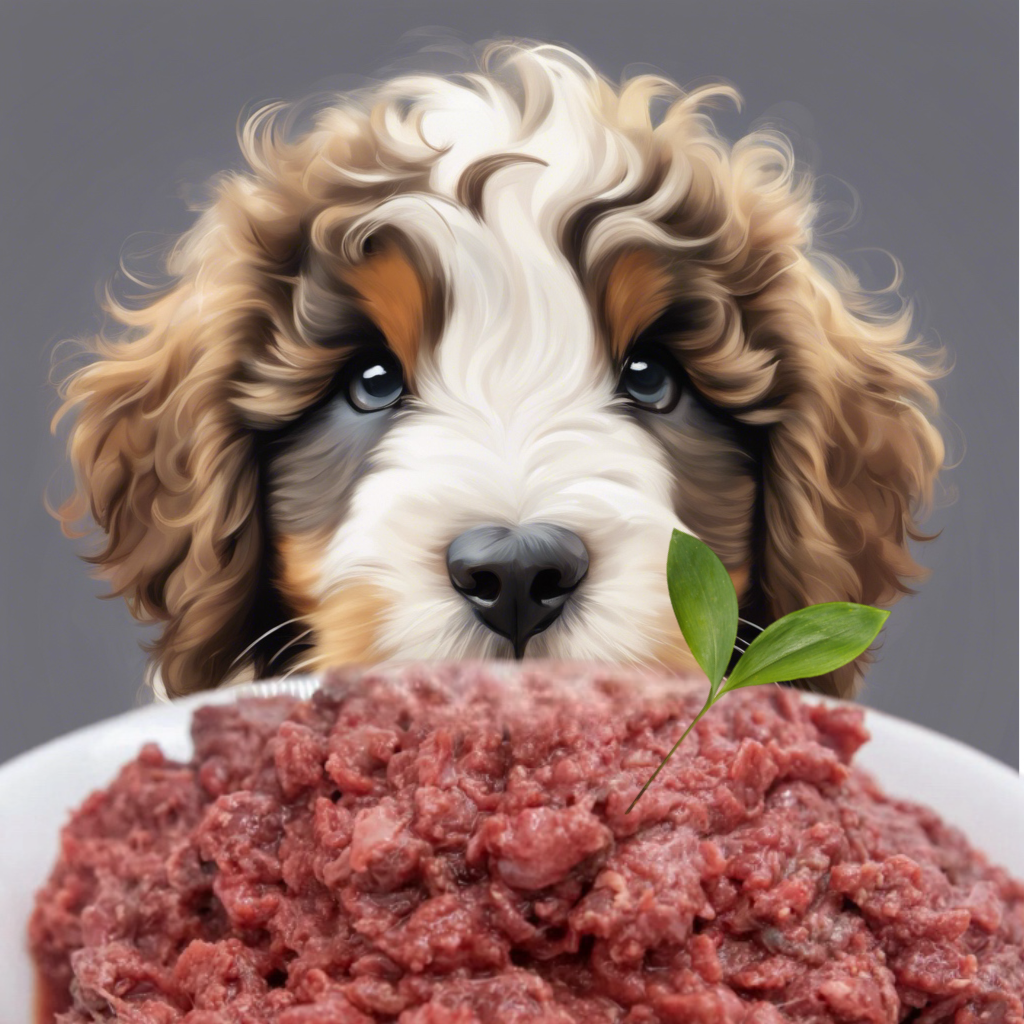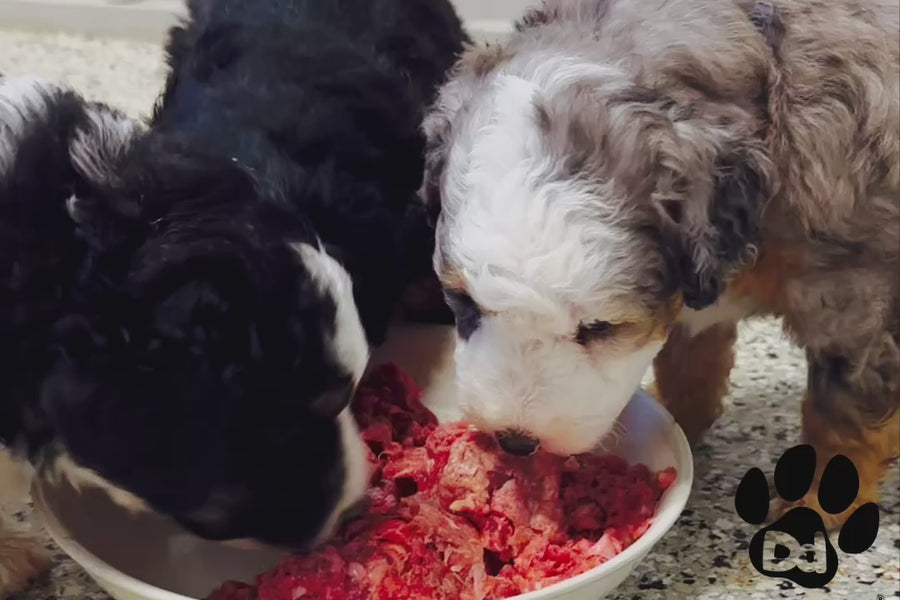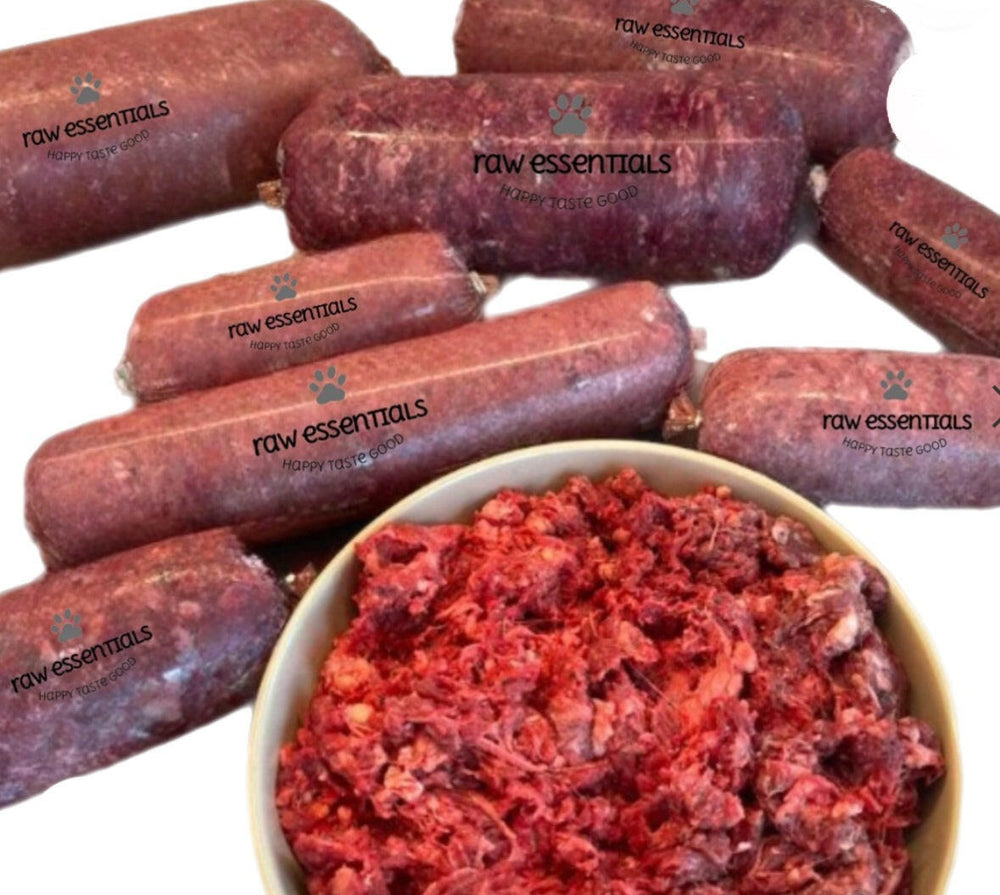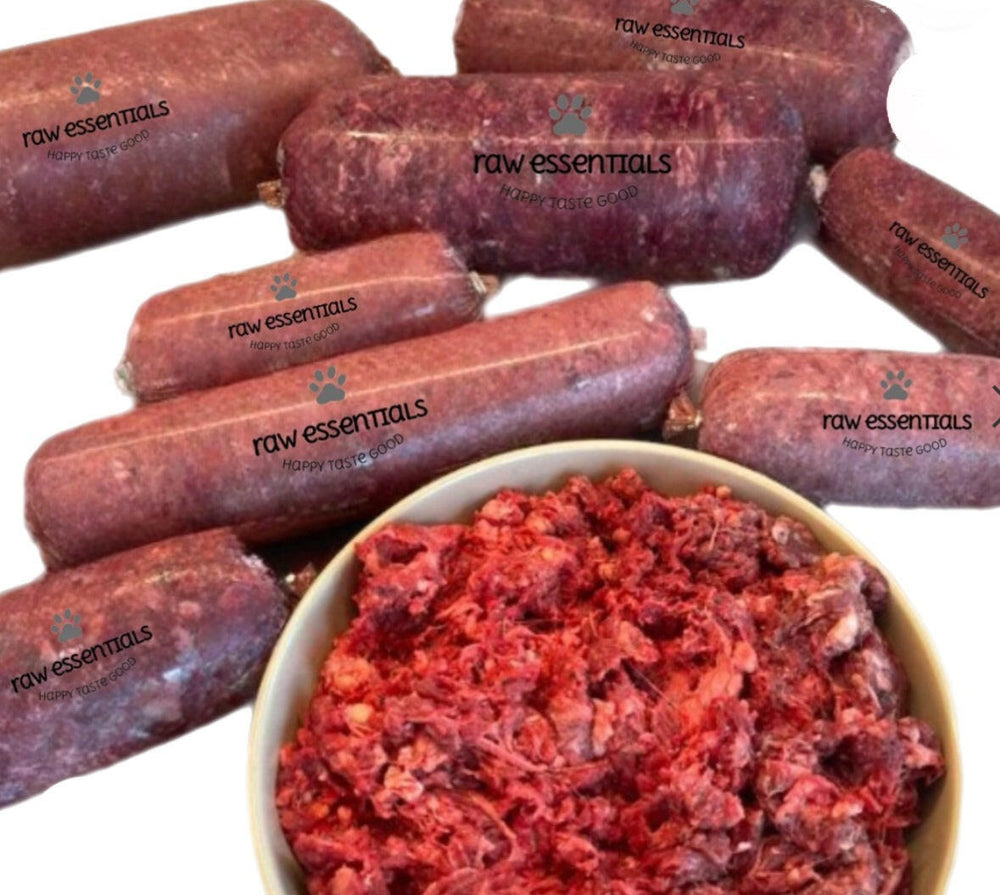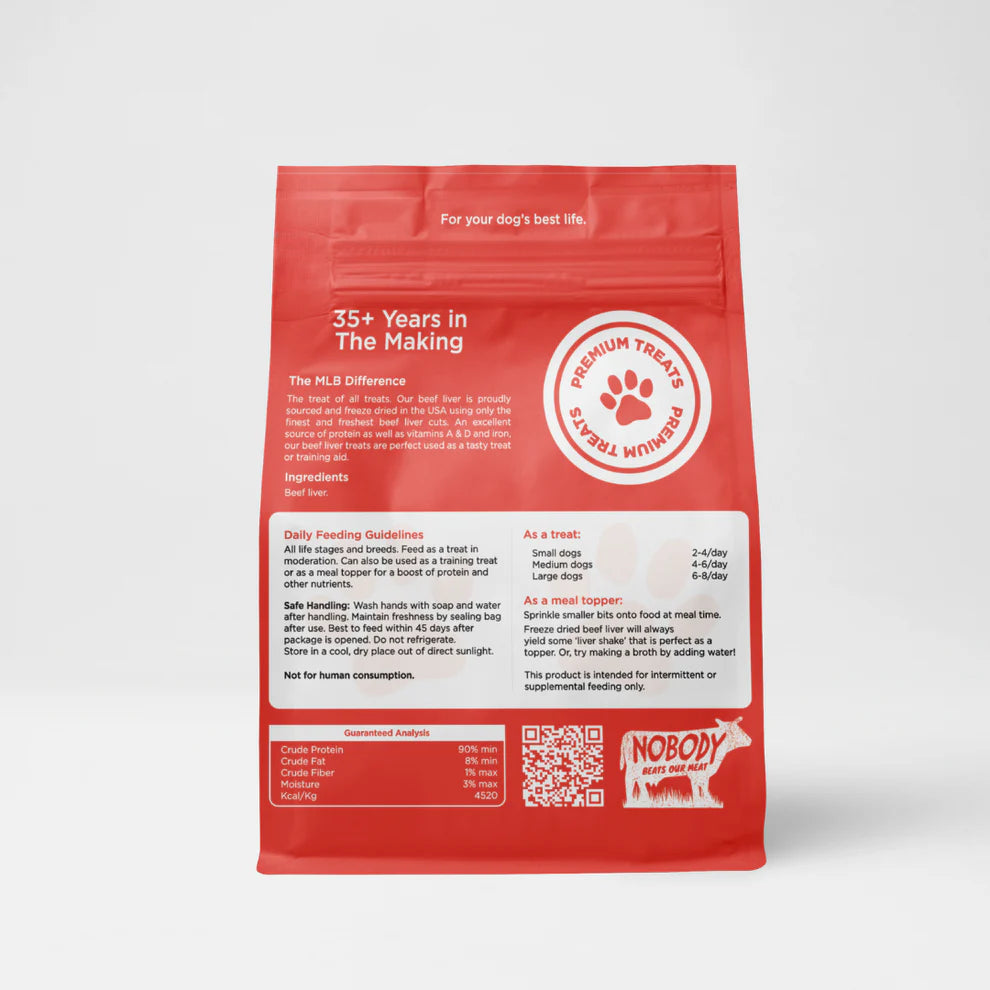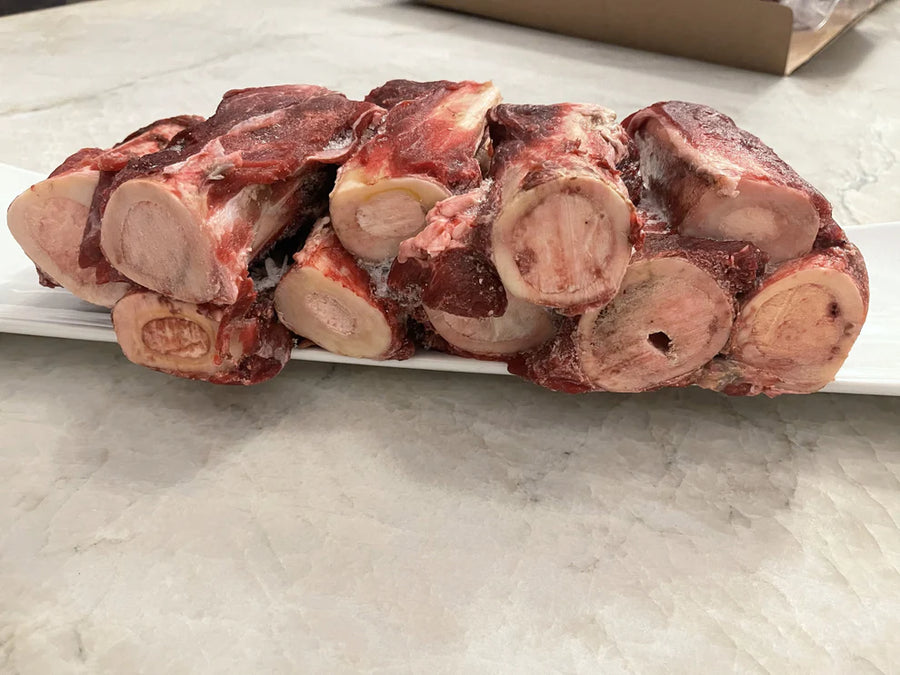The Benefits of a Dog Raw Diet: Transform Your Pet’s Health
As pet owners, we all want our dogs to live long, healthy lives. One way to achieve this is by feeding them a dog raw diet. This approach to feeding mirrors the natural diet of dogs’ wild ancestors and focuses on whole, unprocessed foods. By switching to raw diet dog food, you can improve your dog's overall well-being, from their digestion to their coat's shine.
In this article, we’ll explore the benefits of a raw diet for dogs, how it works, and tips for making the transition safely.
What is a Dog Raw Diet?
A raw diet, also known as a biologically appropriate raw food (BARF) diet, emphasizes feeding your dog raw, fresh ingredients. This includes:
- Raw Meat: Chicken, beef, turkey, lamb, or fish, providing essential protein.
- Bones: Raw bones for calcium and dental health.
- Organs: Liver, kidneys, and heart for vitamins and minerals.
- Vegetables and Fruits: Optional additions like carrots, spinach, and apples for fiber and antioxidants.
The goal of a raw diet is to mimic the natural diet of wild canines, offering balanced nutrition without artificial additives or fillers.
Benefits of Feeding Raw Diet Dog Food
-
Improved Digestion
Dogs on a raw diet often experience better digestion because raw food is easier for their bodies to process. Unlike commercial kibble, which contains fillers and grains, raw food reduces the likelihood of bloating, gas, and diarrhea. -
Healthier Skin and Coat
One of the most noticeable changes when switching to raw diet dog food is your pet's skin and coat. Raw diets are rich in omega-3 fatty acids, promoting a shiny coat and reducing dryness or itchiness. -
Increased Energy Levels
Processed foods can leave dogs feeling lethargic. A raw diet, packed with nutrient-dense ingredients, provides sustained energy, helping your dog stay active and playful throughout the day. -
Stronger Immune System
Raw foods are loaded with natural vitamins, minerals, and antioxidants that bolster your dog’s immune system. This can lead to fewer illnesses and a reduced risk of chronic diseases. -
Dental Health
Raw bones act as natural toothbrushes for dogs, scraping away plaque and tartar while they chew. This reduces the risk of gum disease and bad breath. -
Weight Management
Raw diets help maintain a healthy weight by eliminating unnecessary fillers and high-carb ingredients found in many commercial dog foods. This can reduce the risk of obesity-related health issues. -
Reduction in Allergies
Many dogs are sensitive to the artificial additives in kibble. Switching to a raw diet eliminates these irritants, helping reduce skin and food allergies.
Addressing Common Concerns
Is raw food safe for dogs?
Yes, when handled and stored properly. Always wash your hands, sanitize surfaces, and keep raw food refrigerated or frozen until use.
Can all dogs eat raw diet dog food?
While most dogs thrive on a raw diet, certain breeds, ages, or health conditions may require specific adjustments. Puppies, senior dogs, or dogs with medical issues should have their diets tailored by a veterinarian or pet nutritionist.
Is raw feeding expensive?
Raw feeding can cost more than kibble, but the health benefits often outweigh the expense by reducing vet bills and improving quality of life.
Long-Term Benefits of a Raw Diet
The benefits of feeding your dog a raw diet extend far beyond their immediate health. Over time, dogs on raw diets are less prone to chronic conditions like arthritis, obesity, and diabetes. Their coats remain soft and shiny, their energy levels stay high, and they enjoy fewer visits to the vet for dental cleanings or allergy treatments.
Additionally, raw-fed dogs often have smaller, less odorous stools, making cleanup easier for pet owners.
Feeding your dog a raw diet is a decision that can transform their health and quality of life. By providing fresh, natural ingredients, you’ll see improvements in their digestion, energy levels, and overall happiness.
While transitioning to raw feeding takes effort, the rewards are well worth it. Your dog will thank you with a wagging tail, boundless energy, and a lifetime of companionship.
If you're ready to embrace the benefits of raw diet dog food, start slow, plan meals carefully, and consult with professionals to ensure your dog thrives on this natural, nutritious way of eating.


